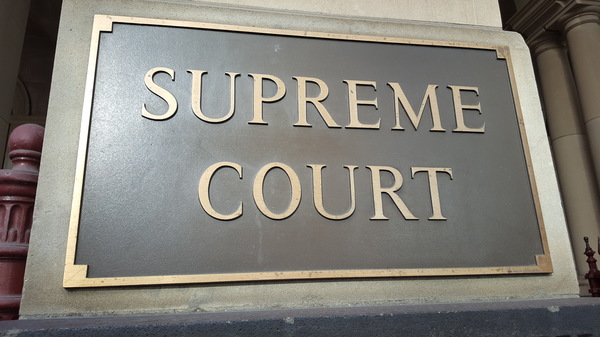One of three men charged with attempted murder, after an ex-policeman was shot in the head in Point Cook last year, has been denied bail.
The Supreme Court heard 31-year-old Mark Dixon’s application for bail on September 25.
Justice Andrew Tinney made the decision to refuse bail on the day, but released his reasons for doing so on October 8.
Justice Tinney said that Dixon, an Irish national illegally in Australia, applied for bail after being charged with attempted murder, intentionally causing serious injury in circumstances of gross violence and recklessly causing serious injury in circumstances of gross violence.
Dixon is one of three men, along with Stephen Tahaney and Jack Harvey, who has been charged with trying to murder former detective Sid Morgan.
Justice Tinney said the three men have been charged on a “complicity basis” with none of them identified as the shooter in the case summary, but Tahaney being nominated as the shooter in both his and Dixon’s defence responses.
Justice Tinney said the men were known to each other through a property maintenance business, started by Tahaney and Daniel Saddick, which later began to have financial troubles.
In the months leading up to the shooting, which occurred on February last year, Mr Saddick received “threatening phone calls and messages” from Dixon, Tahaney and Mr Murphy.
Justice Tinney said on that February 21 last year, the three co-accused drove to Mr Saddick’s house in Spraypoint Drive, Point Cook.
Once out of the car, one of the accused men allegedly attacked Mr Morgan with a hammer, before two of the accused began kicking and punching him.
Justice Tinney said one of the men allegedly produced a firearm and shot Mr Morgan in the head, leaving him with a serious brain injury requiring life-long care.
The three co-accused allegedly fled in the car afterwards
Dixon and Harvey allegedly travelled to New South Wales after the shooting, before being arrested and extradited to Victoria.
Justice Tinney said he would deny Dixon bail based on factors including his prior criminal history; the seriousness of the offending; and the strength of the prosecution case.







